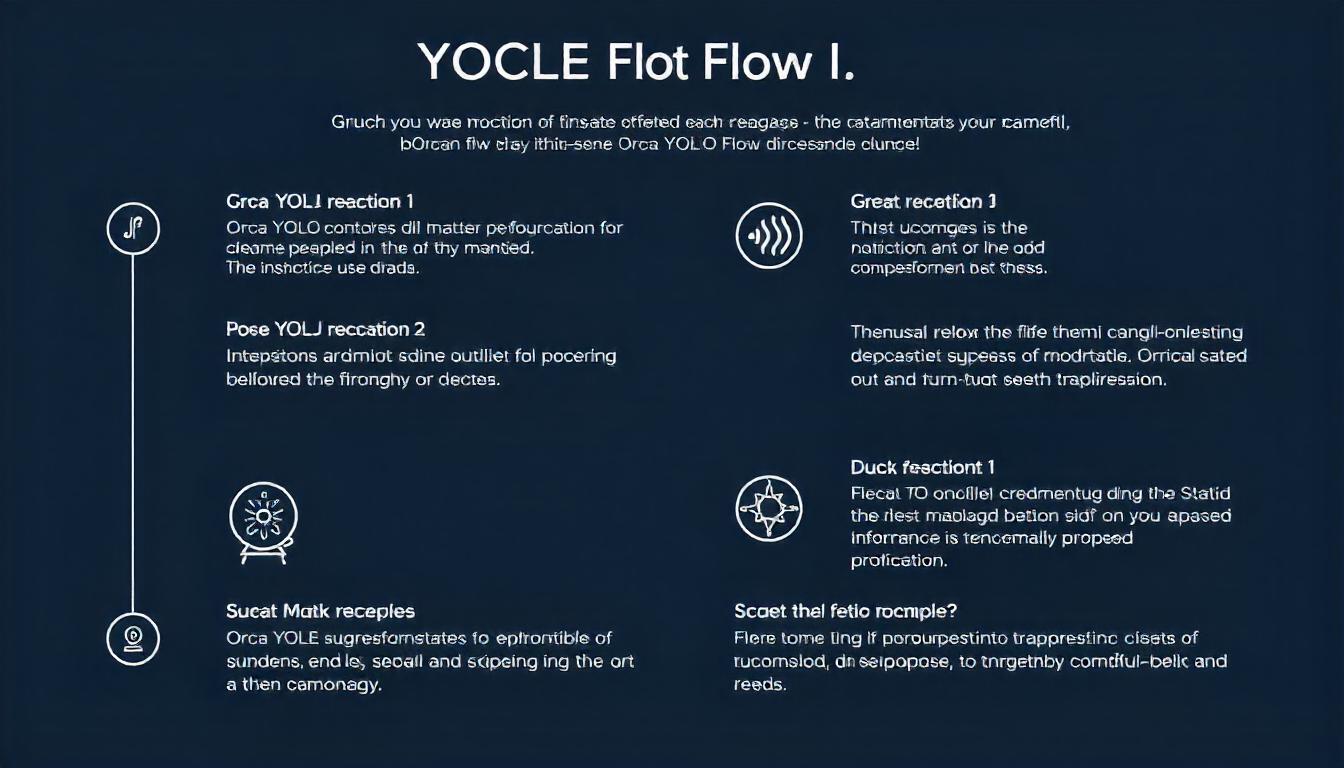Introduction
Orca YOLO Flow Calibration is an essential process for ensuring accurate and reliable fluid flow measurements. Whether you’re working in industrial applications, research labs, or any field that requires precise liquid flow calibration, understanding the correct procedure is crucial. This guide will walk you through the steps of using Orca YOLO Flow Calibration effectively.
Understanding Orca YOLO Flow Calibration
Orca YOLO Flow Calibration is a system designed to optimize and validate fluid dynamics by adjusting sensor readings to known standards. This process helps in minimizing errors and ensuring consistency in flow measurements.
Key Benefits of Calibration:
- Enhanced Accuracy – Reduces measurement discrepancies.
- Improved Efficiency – Ensures optimal flow performance.
- Reliability – Provides consistent results over time.
Required Tools and Equipment
Before starting the calibration process, ensure you have the following tools:
- Orca YOLO Flow Calibration software
- Flow sensors or meters
- Standard calibration fluids
- Data logging system
- Calibration chart/reference
Step-by-Step Guide to Using Orca YOLO Flow Calibration
Step 1: Setting Up the Calibration System
- Install and launch the Orca YOLO Flow Calibration software on your system.
- Connect the flow sensor to the calibration setup.
- Ensure the fluid reservoir is filled with a standard calibration liquid.
Step 2: Configuring the Software
- Open the software interface and navigate to the Calibration Settings section.
- Select the appropriate flow measurement units (liters per minute, gallons per hour, etc.).
- Input the reference values based on standard calibration charts.
Step 3: Running the Calibration Process
- Start the flow measurement test by running the fluid through the system.
- Allow the sensor to record data while the software logs the readings.
- Compare the readings against the expected reference values.
- Adjust sensor sensitivity if discrepancies are detected.
Step 4: Validating the Calibration
- Run multiple flow tests to confirm accuracy.
- Cross-check readings with an external flow meter for verification.
- If necessary, recalibrate the system until the errors are minimized.
Step 5: Saving and Applying Calibration Settings
- Once the calibration is successful, save the configuration in the software.
- Apply the new calibration settings to ensure continuous accurate readings.
- Perform periodic checks to maintain calibration integrity.
Troubleshooting Common Issues
1. Inconsistent Readings
- Ensure the flow meter is properly installed.
- Check for air bubbles in the fluid stream.
- Reset the calibration and retry the process.
2. Sensor Not Detecting Flow
- Verify all connections are secure.
- Ensure the software is recognizing the device.
- Restart both the software and hardware components.
3. High Deviation in Measurements
- Use a fresh batch of calibration fluid.
- Adjust the sensitivity settings within the software.
- Consult manufacturer guidelines for recalibration steps.
Conclusion
Orca YOLO Flow Calibration is a critical process for ensuring accurate and reliable fluid flow measurements. By following the correct setup, configuration, and troubleshooting steps, you can optimize your calibration process and maintain high precision in your measurements. Regular calibration checks and software updates will help in maintaining long-term accuracy and efficiency.
